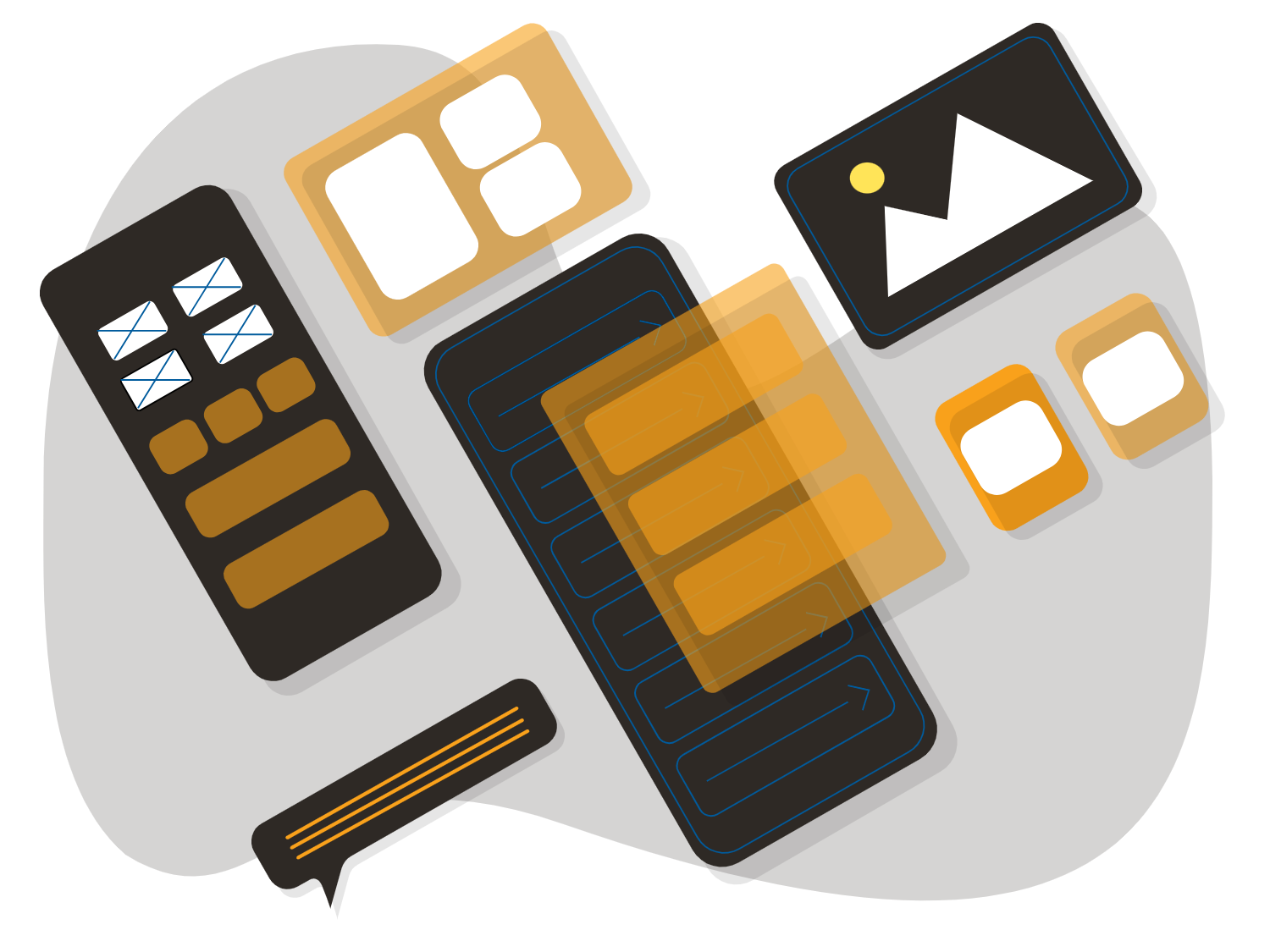

The Progression Of Facial Recognition Technology
Using computers to identify and pick out human characteristics such as the distance between the eyes, the shape of the nose, a person’s jawline, and other distinguishing characteristics, has been in vogue and evolving since the early 1960’s.
How it Works
According to the Electronics Freedom Foundation, most often the subjects face is scanned and cropped, then turned into a template that is compared to a huge database of other templates using a sophisticated algorithm.
Facial Recognition is Not Without Controversy
As governments and law enforcement officials rely increasingly on facial recognition technology, its use is not without controversy.
One problem is that there are many facial features that can be similar between individuals, so false positives do happen. Another concern involves the databases themselves. Jail mugshots, drivers’ license photos, etc, are often taken with different head positions and lighting than the sample they are being compared with. So the question becomes, how accurate is the assessment facial recognition technology can make?
Regulation of Technology Uses
Another ongoing concern is lack of regulation and established law. For example, according to a 2018 article by govtech.com, courts are now trying to determine the scope of facial recognition when used in drug conviction charges. The defense for an accused felon was identified using facial recognition technology, but there were at least 4 other individuals in the database used that matched that of the defendant. The state withheld photos of these four others, limiting the scope the defense could muster.
Who Uses Facial Recognition?
First, it’s important to understand that facial recognition is not just used to thwart crime. Facial recognition is currently used by hundreds of companies to increase the safety of their facilities and to detect intruders.
That said, besides law enforcement agencies and the FBI, facial recognition technology is used to detect threats from lone wolves during large crowd events such as the Superbowl, the Olympics, and the European Soccer Championships. Some theme parks have even considered using facial recognition technology for increased security.
Apple’s Use of Facial Recognition
Facial recognition is becoming more prevalent, even in every day life. For examples, look no further than Apple. The technology company now offers facial recognition as an unlock feature on its flagship iPhone X, as a successor to its previous touch identification system. Apple ID works by comparing up to 30,000 facial points to verify the ID.
What Does the Future Hold?
The evolution of facial recognition technology is ever advancing. Will there be a national database in the future of faces? Will the Supreme Court or other major courts put definite limits on judicial cases relying on facial recognition? Will the issuance of a driver’s license, or even flying on an airplane, be limited by passing a facial recognition test?
Nobody can really predict the future of facial recognition technology. However, we can look forward to manufacturers of facial recognition systems continuing to investigate the addition of thermal cameras, 3D images, and new algorithms, capable of weeding out false positives and potentially exonerating innocent people.
Interested in finding out more about advancing technology? Contact tekRESCUE, a San Marcos IT provider, to learn more about today’s technology.




